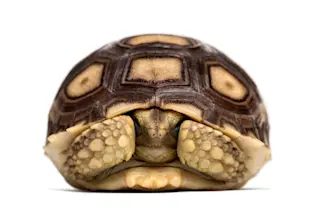In the midst of an extinction crisis, how and when should a species be considered lost or extinct? It’s no easy task, after all, to check every nook and cranny of nature in search of missing critters. In a recent editorial, published in the journal Oryx, researchers have put out a call for a new way of classifying such situations, and they urged the conservation community and others to rally behind the hunt for lost species facing possible extinction.
Many of the relevant species are considered "cryptic," or hard to find, and have incredibly small ranges, says Barney Long, Director of Conservation Strategies at Re:Wild and a co-author of the editorial. On top of that, they are often not what one would consider a "charismatic" species, but rather those that would rarely catch a second glance compared to somewhat more attractive species, such as the tiger.
Take the fat catfish, ...















